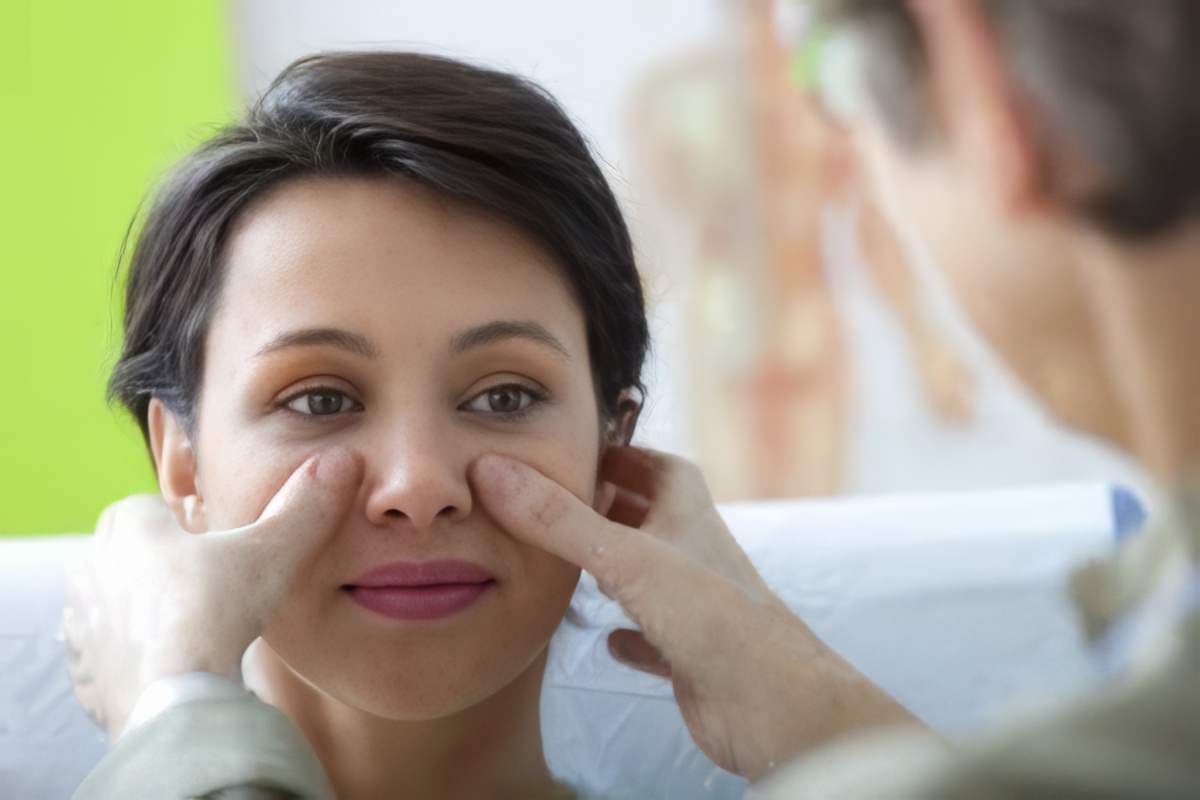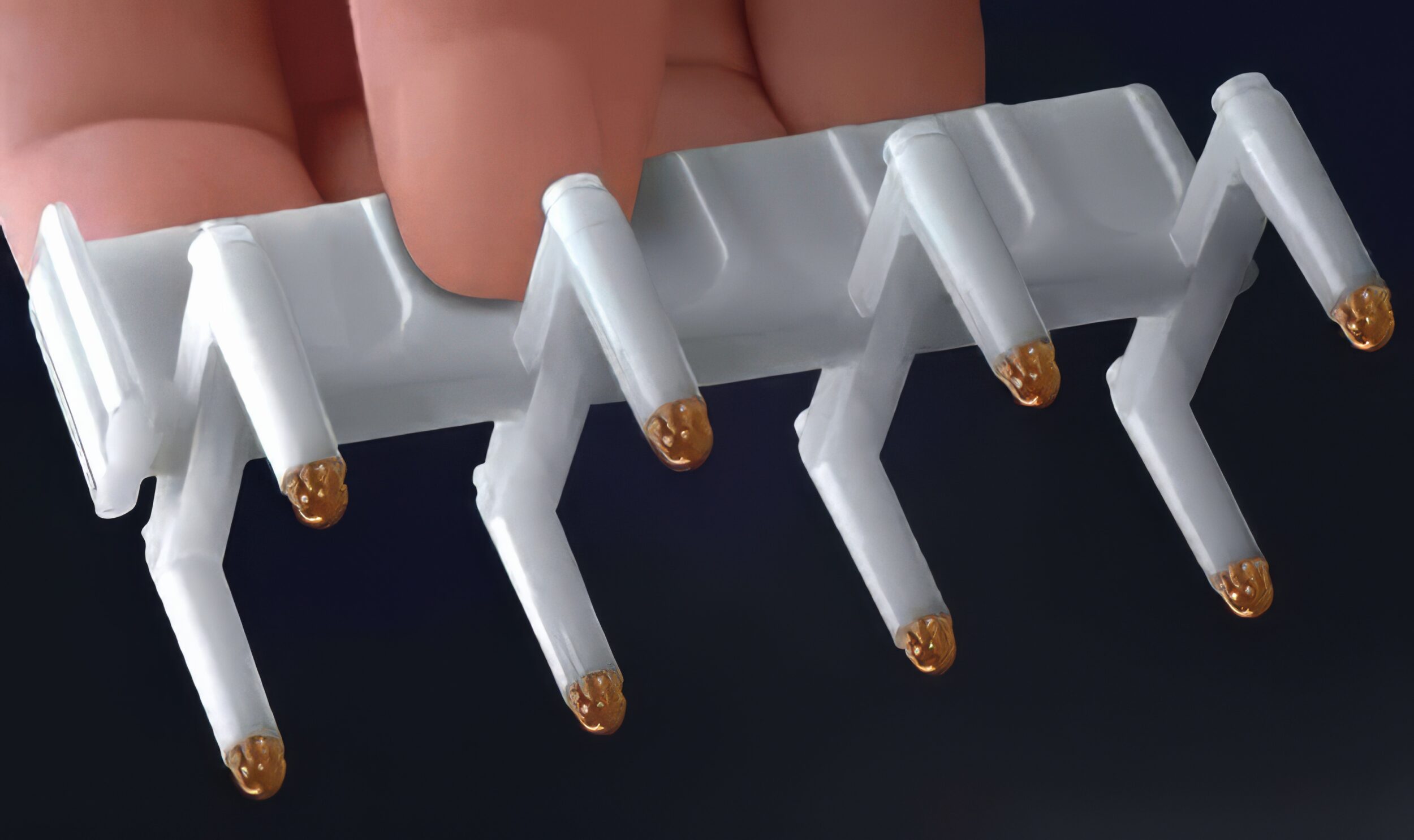ENT Specialists of Austin – Allergy Treatment

Seasonal Allergies
Allergies fall under two categories: seasonal and perennial. Perennial allergies occur year-round, while seasonal allergies appear during specific times of the year, generally during spring when trees and flowers bloom. They can also occur in the fall, when ragweed is at its worst. Seasonal allergies are often referred to as hay fever.
Mold Allergies
Individuals with mold allergies experience immune system reactions whenever mold spores are inhaled. Mold allergy symptoms are similar to those that occur with other types of allergies and include a stuffy or runny nose, itchy and/or watery eyes, wheezing, cough and at times postnasal drip. Some Individuals might develop a rash or hives.
Mold allergies are capable of triggering asthma attacks in those who are susceptible.
Molds are extremely common, both indoors and out. Not all molds cause allergic reactions, and not everybody who breathes in mold spores will experience symptoms.


Allergy Treatment Q & A
A skin prick test is the most common form of allergy testing. This test involves placing a small drop of an allergen extract on your skin. It is done by placing a drop of antigen on the back, with a sterile plastic multiple test applicator. These applicators allow the solution to enter the skin. After 15 minutes, any swelling or redness is measured and, depending on the size, is considered a positive reaction.
After the skin prick testing has been performed, we will perform the intradermal tests if necessary. During intradermal testing, the allergen solution is injected under the skin with a very small gauge needle to the upper arm area. The sensation has been described “similar to a mosquito bite.” The results are evaluated after 15 minutes. The findings will be reviewed with you.
Allergy shots (subcutaneous immunotherapy) are the most common form of immunotherapy. They can be used as a long-term treatment for allergies.
They work by getting your body used to the allergen slowly, with the hopes that you will develop an immunity or tolerance to the allergen. The process takes place in two phases, the build-up phase and the maintenance phase.
The build-up phase involves a small amount of the allergen being injected into the upper arm once a week for the first year. The dosage is gradually increased at each visit. The length of the build-up phase depends entirely on your body’s reaction.
Once you have reached the effective dose, typically the most you can handle without showing symptoms, the maintenance phase will begin. The dosage is no longer increased at each visit and the number of shots is decreased. The maintenance phase involves an allergy shot once every 2-3 weeks for three to five years.
Allergy symptoms will not improve overnight; symptoms will typically improve over the first year of consistent treatment and continue to improve over the next few years. The shots may even decrease symptoms for other allergens and prevent new allergies from developing.
Generally mild symptoms, ranging from localized itching in the mouth to intestinal discomfort, which often goes away after several weeks. Local reactions for SLIT are uncommon and are usually restricted to mouth itching or upset stomach. Membranes under the tongue have fewer anti-inflammatory cells than the skin, making reactions far less likely. Cells under the tongue move the drops into the lymphoid tissue and then the immune response occurs. This process eventually creates allergen tolerance.
- Convenience: Take allergy drops anywhere
- Less Maintenance: Minimal office visits; drops are picked up every 3 months
- Reduced Medication: Research indicates a decrease in the need for symptom controlling medications after the first 3 months on allergy drops.
A blood test is used to measure how much of an allergen-specific antibody, called immunoglobulin E (IgE), is in your blood. The more allergen specific IgE in your blood, the more likely you are to be allergic. Blood tests are typically used to confirm the results of a skin test; they may also be used in lieu of skin tests if a serious allergy makes skin testing unsafe.